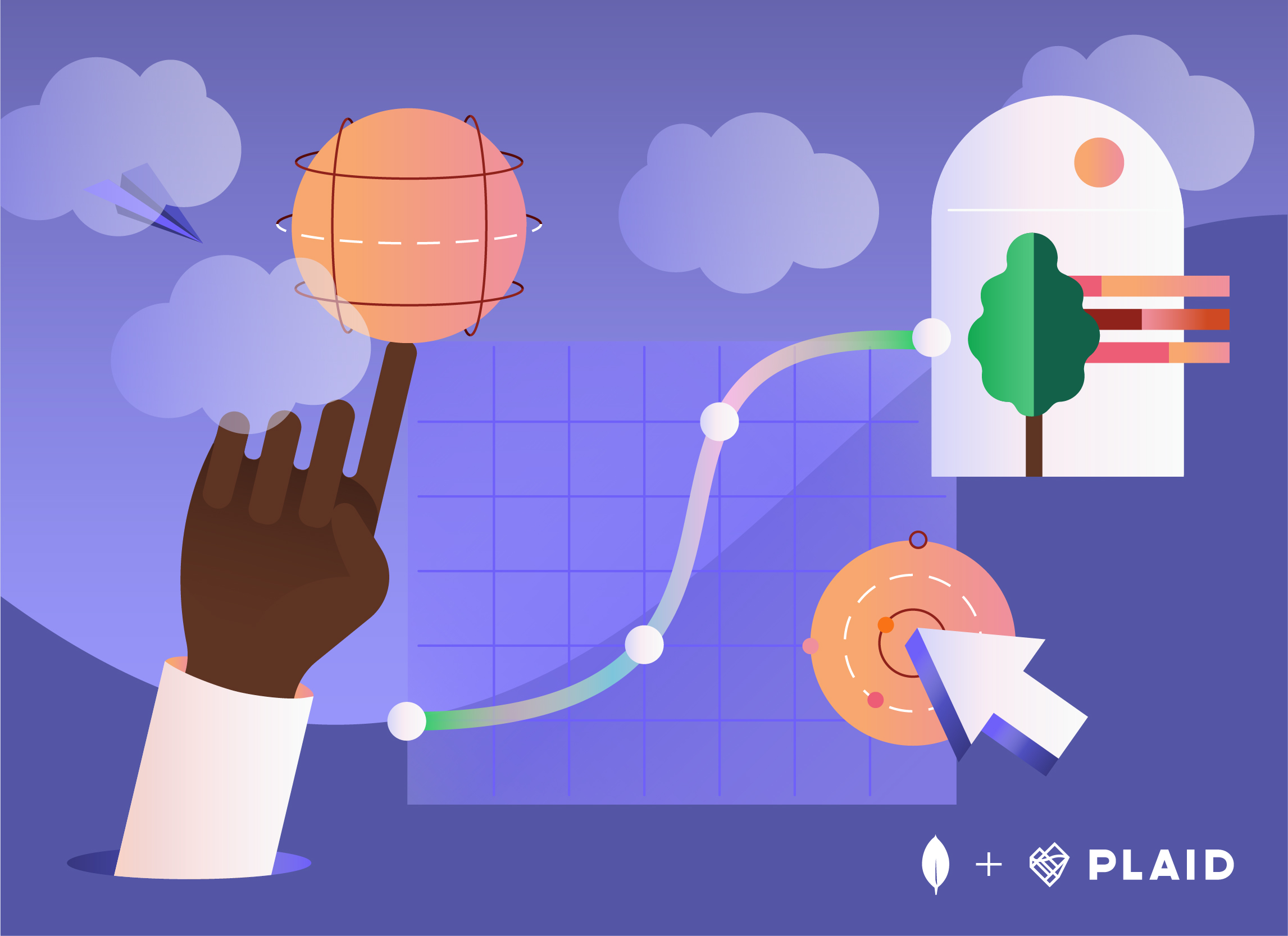PLAID is Unlocking Insights into Consumer Behavior with MongoDB Atlas and Google Cloud

INDUSTRY
PRODUCT
USE CASE
CUSTOMER SINCE
Making complex data simple to use
Companies must understand their customers if they want to be successful. However, understanding the complexities of consumer behavior is time-consuming and requires the analysis of huge volumes of data. PLAID, Inc. was founded in Japan in 2011 with the aim of making that simple for its customers. PLAID’s KARTE portfolio of solutions accumulates user data beyond the Internet to provide deep and intuitive insight into how customers act and what they respond to. This enables businesses to get to know their customers more deeply and create tailored experiences in real time.
The KARTE has a number of elements to help business. These include KARTE Insight, which uses a unique real-time analysis engine to recommend actions based on user behavior in less than a second; and KARTE Datahub, which integrates customer data scattered within and outside the business to provide a detailed view of all contact points.
With such a high volume of real-time data to manage and scrutinize, PLAID needed a flexible cloud-based alternative to traditional relational databases.
Focusing on customer value, not database management
Given the wide range of data types and scale of the challenge, PLAID has relied on MongoDB to form a flexible, agile, and robust document database backbone to underpin much of the KARTE solution. More recently, however, the development team wanted to migrate to MongoDB Atlas on Google Cloud to boost development speeds, increase support levels and enable true multi-cloud capabilities. PLAID also wanted to free up developers and site reliability engineers (SREs) to become more agile, move quickly and focus more on customer value, rather than maintaining databases.
“When we were running a self-hosted database, the SREs would build and operate databases as needed. However, as the number of engineers and databases increased, the cost of building and operating increased, and it became difficult to manage them,” explained Daiki Matsui, Senior Architect, PLAID. “As the service grew, the load and required service stability increased, making it difficult for our small SRE team to handle problems.”
PLAID also needed to deploy its data infrastructure across multiple clouds, which previously had required the team to keep up with the best practices of how to configure, maintain, and scale databases in each cloud, which was time-consuming and complex. Migrating to the new platform would enable it to simplify and streamline operations.
The only multi-cloud document database service
PLAID is now migrating its core databases to MongoDB Atlas, on Google Cloud, and all new clusters are going straight to the cloud.
Instead of relying on the SRE team, development groups are now able to quickly spin up MongoDB databases in the cloud as needed through an integration with Terraform. The new ease of operation through the fully managed service means that they also have the autonomy to manage and scale databases themselves. Today the system serves tens of thousands of reads and writes per second.
The company is also leveraging multiple Google Cloud services and tools to enhance its service offering, including Google Kubernetes Engine, Google Cloud Engine (GCE), Anthos, Cloud BigTable, and BigQuery.
Speed, stability, and happy developers
PLAID now enjoys a multi-cloud database platform that provides flexibility and delivers lower costs, reduced operational load, improved stability, and better performance. Development speeds have increased because engineers don't have to spend so much time and effort on managing database clusters.
MongoDB Atlas has also enabled the development teams to better understand and optimize database queries and share that knowledge, allowing them to think about improved data structures, which leads to increased efficiency. The in-built alerting and performance analytics mean engineers can quickly understand and diagnose an issue before it becomes an incident. At the same time, Atlas automates operational tasks such as version upgrade and backups, which has further reduced the operational load on the SREs.
All of which frees up more of that precious developer time. "Now, the operational load of MongoDB has reduced, allowing us to focus on more important tasks," said Matsui. That means building new features, delivering more value to the customers and, ultimately, helping grow the business, rather than worrying about database management.
Daiki Matsui, Senior Architect, PLAID